Auctions
Edvard Munch Leads Sotheby’s $157.7 Million Impressionist Sale
Despite the success of its star lot, bidding was sluggish.
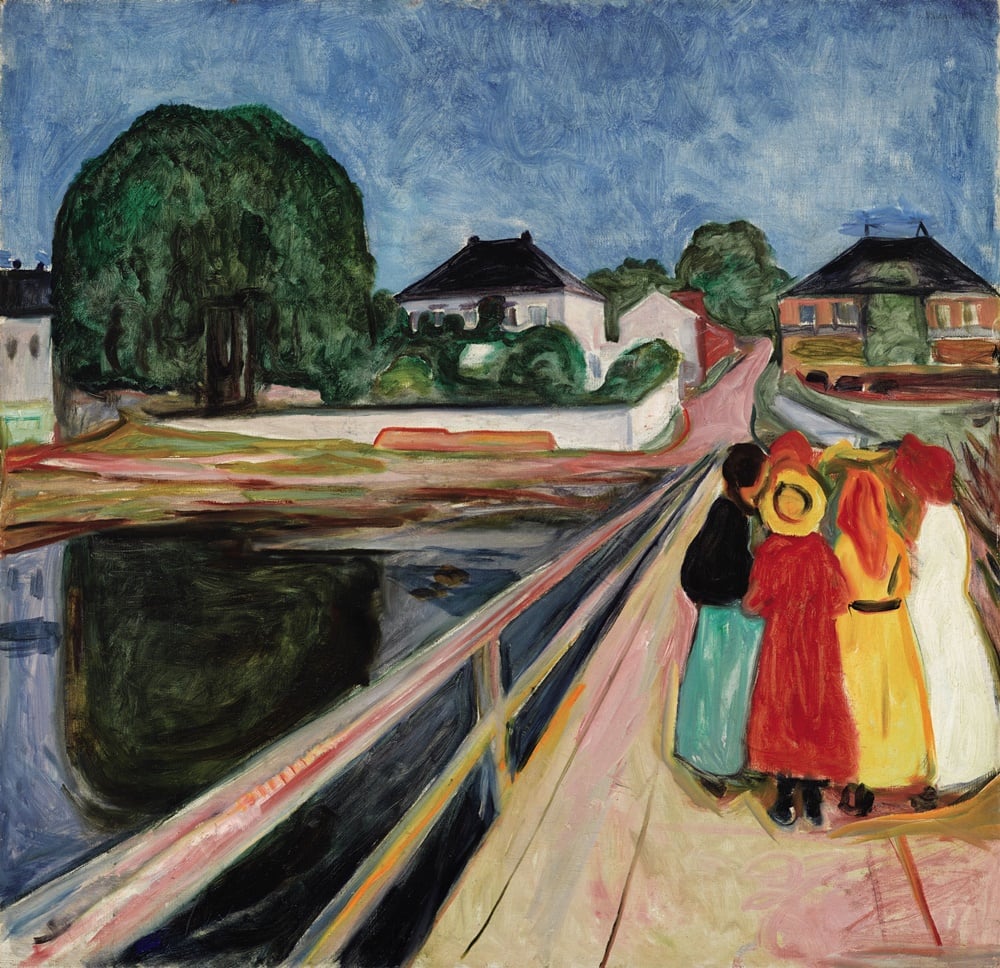
Despite the success of its star lot, bidding was sluggish.

Eileen Kinsella

Despite the success of its star lot—Edvard Munch’s iconic Girls on the Bridge (1902)—which sold for $54.2 million with premium, Sotheby’s evening sale of Impressionist and modern art tonight frequently felt sluggish.
Bidding contests were few and far between and several expected highlights, like a Tamara de Lempicka portrait of a man, two paintings by Henri Matisse, and a Wassily Kandinsky watercolor with a $1.2 million low estimate failed to sell.
Including premium, the sale pulled in a total of $157.7 million, compared with overall presale expectations of $145 million to $186.5 million. Of 42 lots on offer (one was withdrawn), 34, or 81 percent, were sold. The auction was 92 percent sold by value.
Helena Newman, Sotheby’s co-head, Impressionist and modern art worldwide, auctioneered the sale. She was energetic and authoritative on the podium, yet she frequently had to coax bids from reserved buyers both in the saleroom and bidding on phones via Sotheby’s specialists.
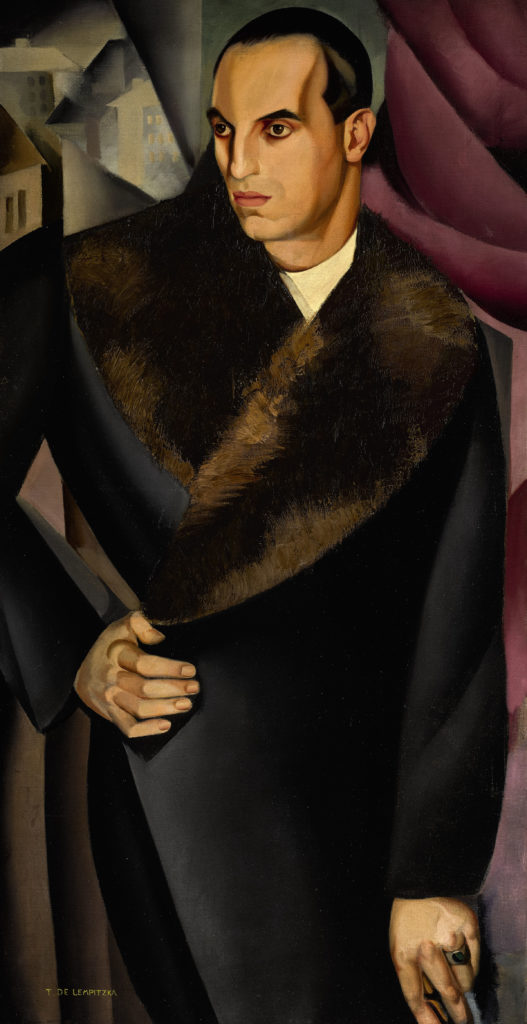
Tamara de Lempicka’s Portrait de Guido Sommi (1925) failed to sell. Courtesy Sotheby’s.
Bidding on the Munch, which was estimated “in the region of $50 million,” opened at $43 million, moving up to $45 million with a bid from Simon Shaw, Sotheby’s co-head of the Impressionist and modern department worldwide. When bidding reached $50 million with Shaw’s bidder, Newman seemed to be expecting another bid, from Patti Wong, chairman of Sotheby’s Asia, who was on the phone with a client on the opposite side of the room.
Confusion ensued as Wong seemed to be trying to coax a bid from her client and, at times, on the verge of raising her hand, prompting Newman to remark on a “long conversation…about this beautiful picture, which I have a $50 million bid for, and can sell.” Shortly thereafter the painting was hammered down to Shaw’s bidder.
To give some perspective on both the market for Munch and broader Impressionist market, the painting has twice come up for sale at Sotheby’s in the past two decades: in 1996 it scored a record (for the time) $7.7 million; in 2008, it sold for $30.8 million.
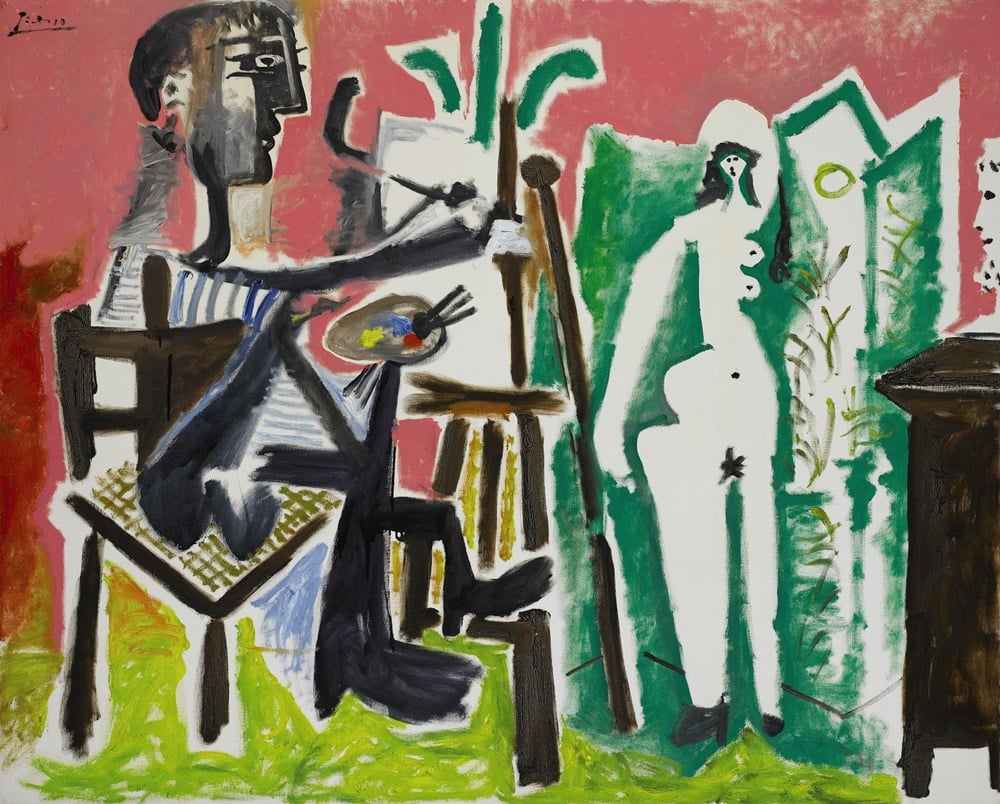
Pablo Picasso, Le Peintre et son modèle (1963) Courtesy Sotheby’s.
Tonight’s $54.2 million results is the second-highest auction price ever paid for a work by Munch. Sotheby’s also holds the record for a work by the artist, having sold The Scream (1895) in 2012, for just under $120 million.
The second highest lot was Picasso’s Le Peintre et son modele (1963), which sold for $12.9 million with premium, towards the lower end of its $12 million to $18 million estimate.
The slot for third highest lot of the night was another Picasso, this one a bronze Tete de femme (1961) that generated relatively more competition than some other star lots, to sell for $8.45 million, surpassing its $6 million to $8 million high estimate.
The activity tonight—where intensity of bidding was not confined to a particular price point—suggests buyers were selective, and determined to go after quality when and where they saw fit.
For instance, a bidding contest on a Maurice de Vlamick landscape, Le Verger, only got the painting within sight of its reserve when the hammer came down on a final bid.
It was estimated at $7 million to $8 million. Newman opened bidding at $5.5 million, and it only got as high as $6.5 million before being sold to a Sotheby’s specialist on the phone with a client. The final price with premium was $7.55 million, and marked the fourth highest price of the evening.
Also spotted in the audience tonight was Mathias Rastorfer, CEO of Galerie Gmurzynska, who successfully bid on Laszlo Moholy-Nagy’s EM 1 Telephone Picture (1923) for a hammer price of $5.2 million, or $6 million with premium.
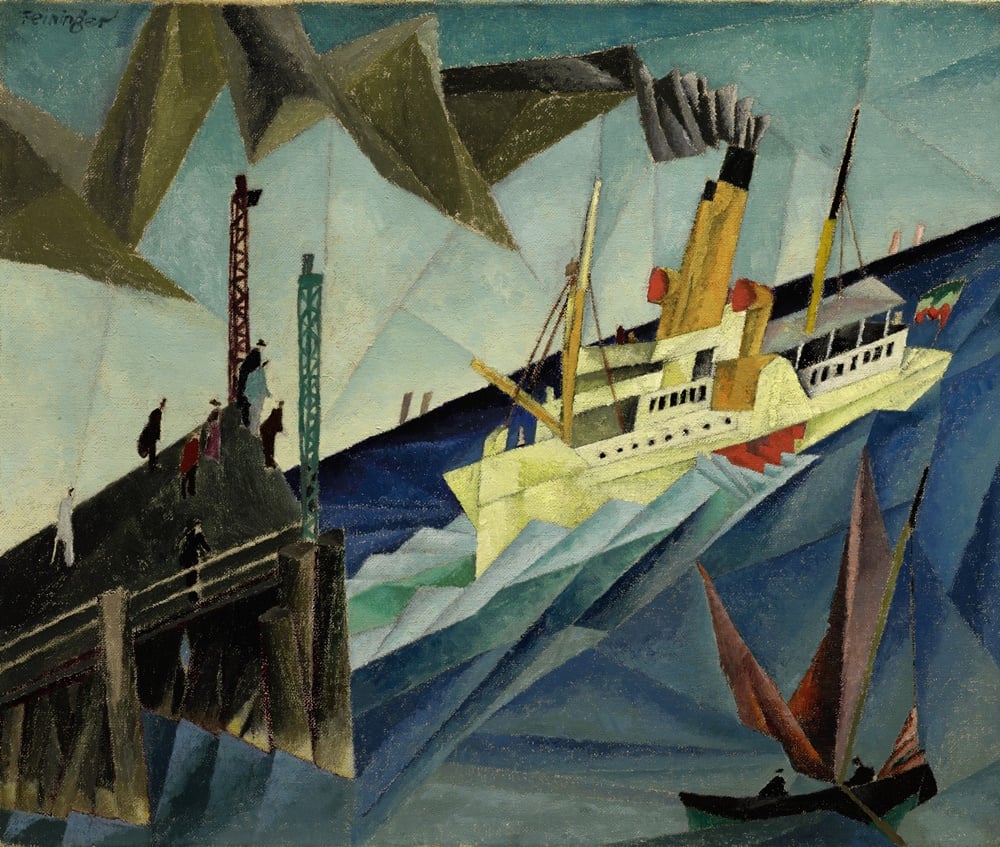
Lyonel Feininger, Raddampfer Am Landungssteg (Side-Wheel Steamer At The Landing) (1912) Courtesy Sotheby’s.
Earlier in the bidding, we spotted Princess Eugenie raising her paddle on behalf of powerhouse gallery Hauser & Wirth, but only up to about $3.5 million. In the end, Rastorfer won.
Other top lots with an auction track record that provided insight into value, include Lyonel Feininger’s Raddampfer am Landungssteg (Side Wheel Steamer at the Landing) (1912), which sold for $4.45 million, on a $4 million-to-$6 million estimate.
Was it back on the market too soon? Offered at Sotheby’s London in February 2011, it sold for $5.1 million (£3.2 million).
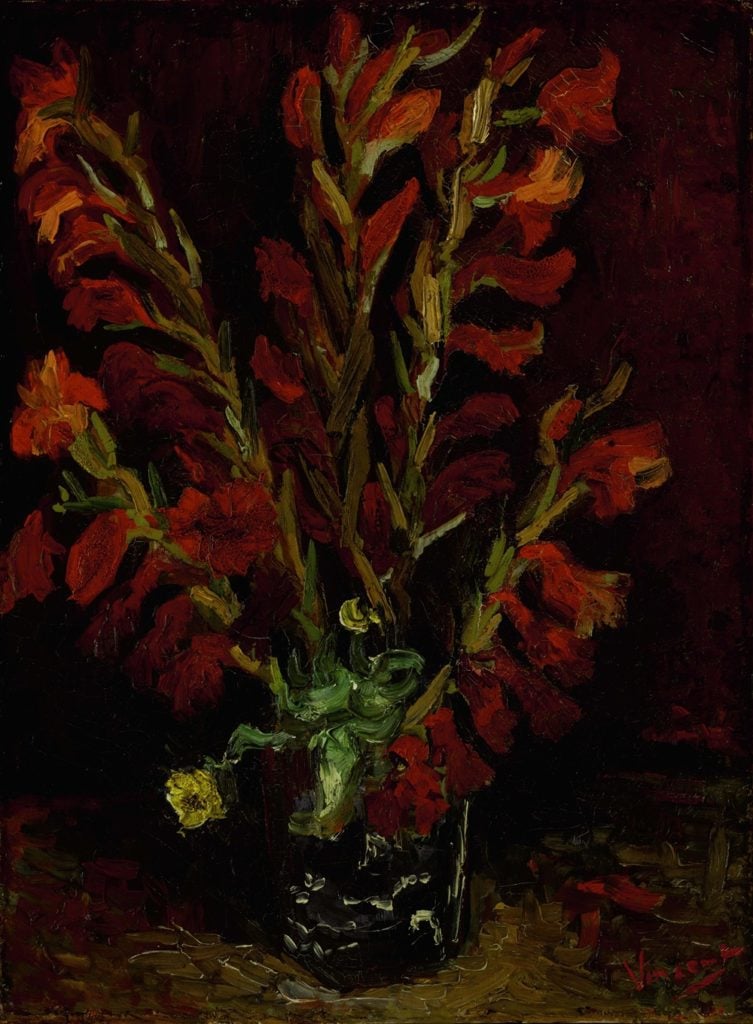
Vincent Van Gogh, Nature morte: vase aux glaïeuls (1886) Courtesy Sotheby’s.
A floral still life by Vincent Van Gogh, Nature morte: vase aux glaieuls (1886), also has seen some market ups and downs that reflect the often fickle nature of buyers’ tastes.
The consignor at tonight’s sale acquired it at auction in May 1999. It was then offered three years later at Sotheby’s London on an estimate of £900,000 to £1.2 million, but it failed to sell.
Tonight, buyers were ready for it. The canvas fetched $5.9 million on an estimate of $5 million to $7 million, making it eighth in the night’s 10 highest lots sold.